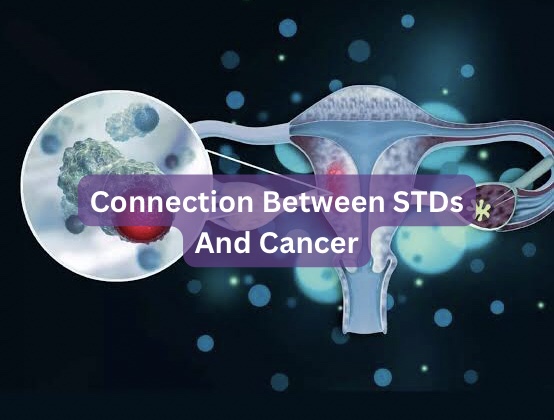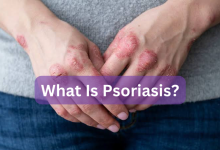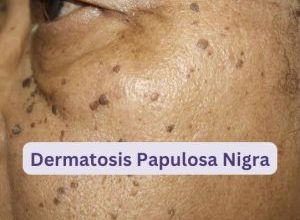Connection Between STDs And Cancer

S*xually transmitted diseases (STDs) are a common health issue that can cause a variety of physical and emotional problems. While many people are aware of the short-term effects of STDs, such as discomfort, pain, and infertility, fewer are aware of the potential long-term consequences, including the increased risk of cancer. In this article, we will explore the connection between STDs and cancer, and why it is important to take STD prevention seriously.
1. Human Papillomavirus (HPV)
Human Papillomavirus (HPV) is one of the most common s*xually transmitted infections and is responsible for several types of cancer. HPV can cause cervical, anal, penile, vaginal, and oropharyngeal cancers, and it is estimated that approximately 90% of cervical cancers are caused by HPV. The virus is typically spread through s*xual contact and can often go unnoticed, as it may not produce any noticeable symptoms. In fact, many people who contract HPV may never know that they have it. This is why regular testing and screening is so important for early detection and prevention.
2. Human Immunodeficiency Virus
Another STD that has been linked to cancer is the Human Immunodeficiency Virus (HIV). People living with HIV are at an increased risk of developing certain types of cancer, including Kaposi’s sarcoma, non-Hodgkin’s lymphoma, and cervical cancer. This is due to the weakened immune system that results from HIV infection, which makes it more difficult for the body to fight off cancer cells.
3. Hepatitis B&C
Other STDs that have been linked to cancer include hepatitis B and C, which can cause liver cancer, and herpes simplex virus, which has been linked to an increased risk of cervical cancer. In addition, some studies have suggested that Chlamydia and Gonorrhea may increase the risk of cervical cancer, although further research is needed to confirm this connection.
Another way in which STDs can lead to cancer is through chronic inflammation. STDs can cause inflammation in the affected areas, which can lead to changes in the cells and tissues over time. These changes can increase the risk of cancer developing in those areas. For example, chronic inflammation in the cervix caused by HPV infection can lead to precancerous changes and eventually cervical cancer.
Prevention
Preventing STDs is an important step in reducing the risk of cancer. The HPV vaccine is highly effective in preventing the types of HPV that are responsible for the majority of cervical cancer cases, as well as some other types of cancer. The vaccine is recommended for both males and females and can be administered as early as age 9. In addition, practicing safe s*x by using condoms or other barrier methods can reduce the risk of contracting STDs.
Read Also: Prevention Methods For STDs
Regular testing and screening are also crucial for early detection and prevention of STD-related cancers. Women should undergo regular Pap tests to screen for cervical cancer, and those who are at an increased risk may also need to undergo HPV testing. Men who have s*x with men should undergo regular anal cancer screening, which may include a digital rectal exam, anal Pap test, or anoscopy.
It is also worth noting that some STDs, such as syphilis, can mimic the symptoms of other diseases, including cancer. This can lead to misdiagnosis and delayed treatment, which can be detrimental to a person’s health and increase their risk of long-term complications.







